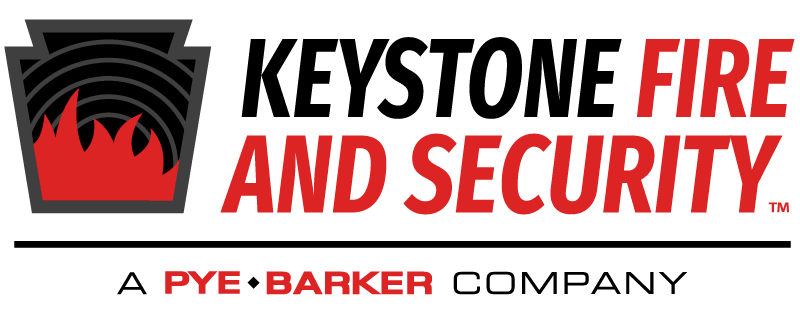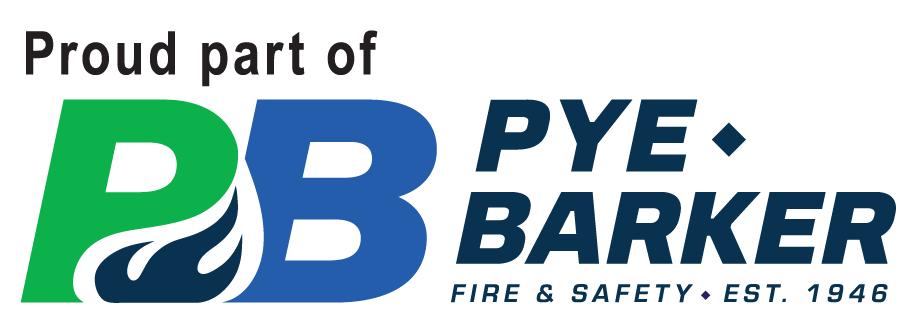Most people are familiar with a fire extinguisher. You know what it looks like and where it’s located. But would you know how to use one if needed? By remembering to P.A.S.S. (Pull-Aim-Squeeze-Sweep), you can easily operate an extinguisher when faced with an emergency.
The most common emergency in a small business setting is planning for a fire, according to the Occupational Safety and Health Administration (OSHA). Fire extinguishers are an important element in the fire response plan for businesses and homes, too.
In the case of a fire, the top priorities are always to first, activate the alarm and call 911, and second, assist the evacuation. Only then, should you attempt to extinguish a fire that’s contained? When activated properly, a fire extinguisher is an invaluable tool to help fight a smaller fire in the early stages or to protect an evacuation path.
Ordinary People Can Use a Fire Extinguisher
If you’ve never been in an emergency that called for a fire extinguisher, you might wonder whether you could handle this fire-fighting tool.
But a 2012 study concluded that with a minimal amount of training, an ordinary person is able to use a fire extinguisher, without getting hurt or hurting others and effectively put out a fire. In this study, 98% of the participants operated a fire extinguisher safely and effectively.
Remember P.A.S.S. for Fire Extinguisher Operation
In an emergency situation, recalling your safety training is critical. For the use of a fire extinguisher, there is a simple, four-step technique called P.A.S.S. The meaning behind PASS is easily remembered and will help you handle this important tool efficiently.
P – Pull. Pull out the pin while holding the fire extinguisher away, and release the locking mechanism.
A – Aim. Aim the nozzle or hose at the fire’s base and point it low, keeping a safe distance.
S – Squeeze. Squeeze the handle or lever slowly to discharge the extinguishing agent.
S – Sweep. Sweep the nozzle from side-to-side at the base until the fire is out, watching for re-ignition.
Fire extinguishers are only meant for small fires and contain a limited amount of extinguishing agent. If the extinguisher empties before the fire is out or the fire grows, you should have a plan to evacuate immediately.
Not Every Fire Extinguisher is the Same
There are many different types of fire extinguishers depending on the type of fire you’re fighting, such as water and foam, carbon dioxide and dry chemical. Some extinguishers work on multiple classes of fire. Others are solely for a particular hazard.
Water and foam fire extinguishers are among the most common and are used to attack the heating element of a fire caused by ordinary combustibles. Carbon dioxide extinguishers take away the oxygen, most often fires containing flammable liquids or electrical equipment. Dry chemical extinguishers work by interrupting the chemical reactions in a fire.
A Fire Extinguisher Still Need Maintenance
Like any piece of equipment, a fire extinguisher needs regular maintenance in accordance with local, state and national regulations. Your fire equipment professionals are trained to perform this maintenance to ensure proper operation.
Marco Protection Systems offers a full line of high quality, reliable fire extinguishers for every class of fire, including stored pressure extinguishers and cartridge-operated fire extinguishers, as well as the popular self-expelling extinguishers charged with carbon dioxide. Marco also carries large capacity, wheeled fire extinguishers, often found in parking garages and industrial manufacturing areas.
For more information about fire extinguishers, contact Marco today!

